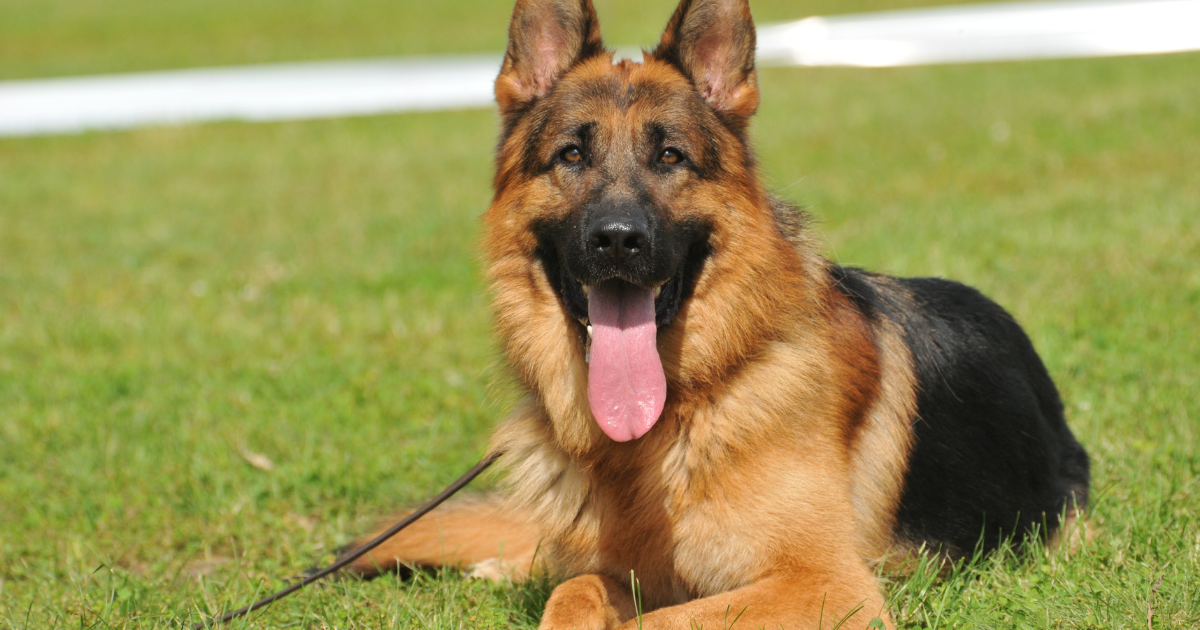Dogs With Jobs: Sniffing Out the Missing Dead
What would people do without dogs? They’re casual companions and emotional supporters; dogs fight beside us in battle, catch drug traffickers, backup law enforcement and border patrol, and help emergency responders locate survivors in natural disasters.
Our dogs hunt up wandering Alzheimer’s patients, lost hikers, and straying toddlers. They serve as live-in health care workers, leading the blind, warning epileptics or heart patients of imminent seizures/arrhythmias, and delivering life-saving supplies like medications, water bottles, blankets, and telephones.
Their support doesn’t even stop with the human heartbeat. Dogs also find our missing dead.
Elite sense of smell
Canines on the whole possess hundreds of millions of specialized scent receptors versus the paltry couple million humans have. Almost half of some dogs’ brains (an estimated 40%) are dedicated to the sense of smell, though talent varies dog to dog.
Even upon such an impressive field, a coterie of sublime sniffers manages to outshine even their spectacularly olfactory cousins, with some species — bloodhounds, for example —possessing up to twice as many dedicated odor-detection cells as others, making them particularly suited for highly specialized, sensitive work.
Among the rockstars of the working dog world are cadaver dogs, or Human Remains Detection Dogs (HRDD’s). Uniquely skilled forensic professionals, HRDD’s begin training at about 1.5-2 years of age in the business of tracking only decomposing human remains.
Four-legged specialists
The process of detection of human remains is quite different from dogs trained to locate living people or for other types of tracking, with a complex specialized lexicon of compounds. These dogs trained specifically and rigorously in accredited facilities for 18-24 months, learning to track molecular traces of decomposing human tissues only, ignoring decomposing animals.
HRDD’s partner with certified instructors who, along with the dogs, must regularly recertify their credentials. Among canine forensic pros, several breeds with superior-tier native capability and requisite temperament are clear naturals in the field: Malinois, German Shepherds, Border Collies, Retrievers and Labradors are among the most capable — and trainable — species for the job. Because body searches can be long, drawn-out affairs, HRDD’s need the temperament to tolerate hours, days, or even weeks on the hunt, potentially without ever achieving their tracking goal, and they must endure it while remaining responsive to handlers.
The many scents of death
Some 800 chemical compounds may emit from decomposing organic matter; a number of these are volatile organic compounds — VOCs — unique to humans. Such human-specific VOCs are “imprinted upon” the dogs during training using actual human remains including bones, hair, teeth and other tissues. Where authentic remains cannot be used, less effective synthetic compounds mimicking the odors of human decomposition may be substituted; the real thing, obviously, is more effective.
HRDD’s have been invaluable in many circumstances, contributing significantly to many homicide investigations. Yet trainers acknowledge that for all their formidable sniffing skill, HRDD’s aren’t perfect. Law enforcement relies on more evidence than that which can be uncovered at the ends of their noses.
Depending on which training VOC’s are used, human remains detection dogs locate bodies along an astonishingly long mortal spectrum, from those dead for hours up to thousands of years : in 2013, the remains of a woman murdered by her husband then put through a wood chipper were located by a dog who sniffed out a scrap of her fingernail. Another victim was uncovered in her own yard, buried four feet down beneath a layer of lime and a concrete patio. Ancient skeletal remains have also been located in archaeological sites.
Man’s best friend, indeed… and possibly even a very special sort of death care worker.




